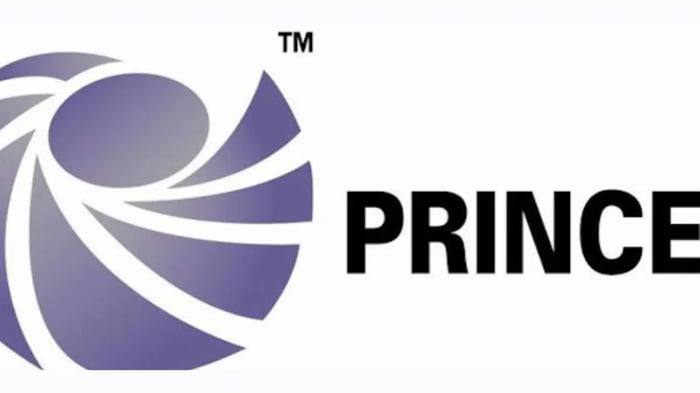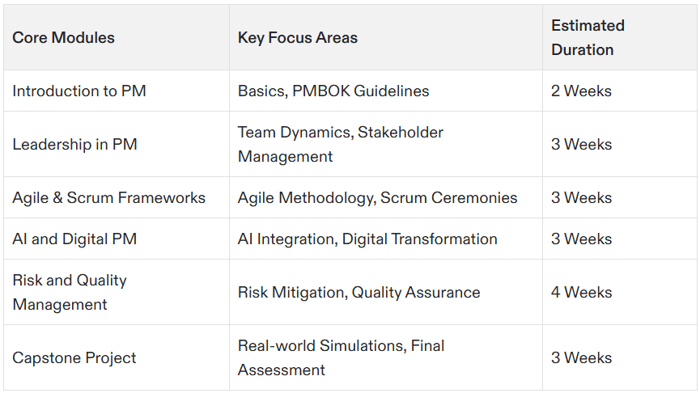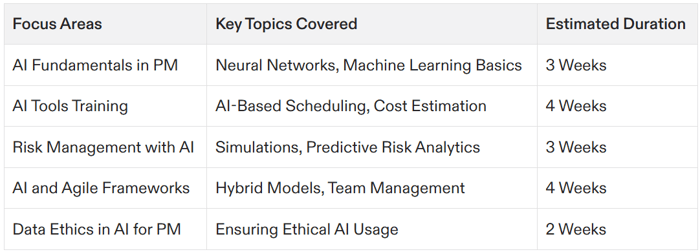Table of Contents
- Introduction: Why PRINCE2? (And Why You’ll Love It)
- What is PRINCE2 Project Management Certification?
- Why PRINCE2 Certification Matters in 2025
- How to Get PRINCE2 Certified
- PRINCE2 vs. Other Project Management Certifications
- Real-World Applications of PRINCE2 Project Management Certification
- PRINCE2 Career Path & Job Roles
- PRINCE2 Exam Tips & Study Resources
- PRINCE2 Tools & Software
- 10 Less Commonly Known Facts About PRINCE2
- Final Thoughts: Your Next Step
- FAQs
Introduction: Why PRINCE2? (And Why You’ll Love It)
Ever felt like project management is a game of juggling flaming swords while riding a unicycle? 🔥🚲 Well, PRINCE2 is here to turn that chaos into a structured, scalable, and predictable process. Whether you’re leading small projects or managing large, multi-million-dollar initiatives, PRINCE2 project management certification equips you with a globally recognized framework that ensures every task is done on time, on budget, and within scope.
But wait—why should you care? In today’s fast-paced world, companies demand results. PRINCE2 isn't just another certification; it's the gold standard for delivering projects with precision and confidence. If you’re tired of project failures, endless meetings, and last-minute panic, it’s time to level up with PRINCE2. Let’s dive into the what, why, and how of this game-changing methodology.
What is PRINCE2 Project Management Certification?
PRINCE2 (PRojects IN Controlled Environments) is a structured project management methodology that helps professionals execute, monitor, and control projects efficiently. Unlike other frameworks, PRINCE2 PRINCE2 project management certification is process-driven, meaning it focuses on clearly defined steps, responsibilities, and workflows.
Key Components of PRINCE2
Principles – The seven core principles ensure every project aligns with business goals and remains adaptable.
Themes – These focus on essential project management elements like risk, quality, and progress.
Processes – A clear roadmap from project initiation to completion, reducing uncertainty and chaos.
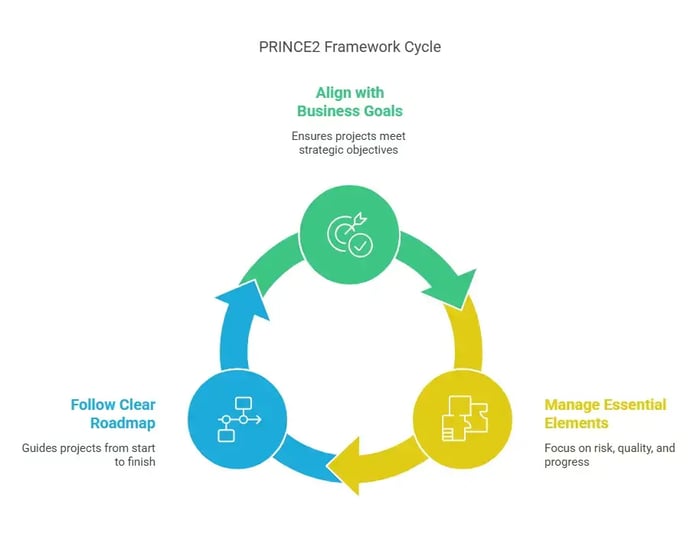
With two certification levels—Foundation and Practitioner—PRINCE2 caters to beginners and experienced professionals alike. If you want predictable success, this methodology is your best bet. If you're unsure which certification aligns with your career goals, explore our complete 2025 guide on the best project management certifications.
Why PRINCE2 Certification Matters in 2025
With AI, automation, and digital transformation redefining industries, project managers must adapt fast. Here’s why a PRINCE2 project management certification is more relevant than ever:
Structured & Scalable – Perfect for agile teams, startups, and large enterprises alike.
Industry Recognition – Trusted by governments, corporations, and Fortune 500 companies worldwide.
Better Risk Management – Helps identify, assess, and mitigate risks before they derail your project.
Higher Earning Potential – Certified PRINCE2 professionals earn 20-30% more than their non-certified peers.
Global Flexibility – Unlike region-specific certifications, PRINCE2 is recognized in over 150 countries.
If you're serious about a high-paying career in project management, PRINCE2 is a non-negotiable asset in your toolkit. For those just starting in project management, check out the best entry-level certification to kickstart your career with the right credentials.
How to Get PRINCE2 Certified
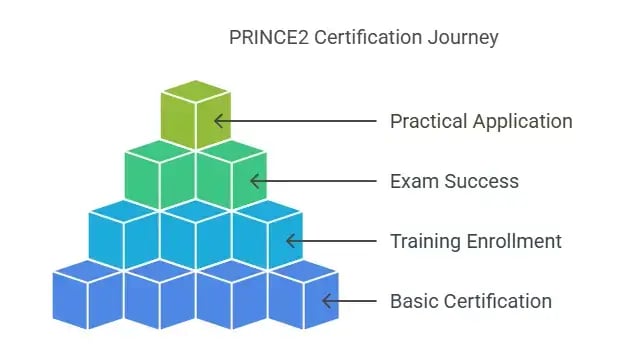
Step 1: Choose the Right Certification
PRINCE2 Foundation – Covers the basics and is ideal for beginners.
PRINCE2 Practitioner – Builds on Foundation knowledge and applies it to real-world projects.
Step 2: Enroll in a PRINCE2 Training Program
Find an accredited training provider (e.g., APMIC’s comprehensive courses).
Study the core principles, themes, and processes.
Step 3: Pass the PRINCE2 Exam
Foundation: Closed-book, multiple-choice exam.
Practitioner: Open-book, scenario-based application test.
Step 4: Implement PRINCE2 in Real Projects
Start applying the framework in live projects.
Use PRINCE2 tools and templates to enhance workflow and efficiency.
PRINCE2 vs. Other Project Management Certifications
Choosing the right project management certification can be challenging, especially with multiple options available. While PRINCE2 is one of the most recognized frameworks, professionals often compare it with other certifications like PMP, CAPM, and Agile certifications. Here’s how PRINCE2 stands out:
- PRINCE2 vs. PMP (Project Management Professional): PMP is based on the PMBOK (Project Management Body of Knowledge) and focuses on knowledge areas, while PRINCE2 is a process-driven approach with structured project governance. PMP is more common in North America, while PRINCE2 dominates in Europe and the UK.
- PRINCE2 vs. CAPM (Certified Associate in Project Management): CAPM is an entry-level certification that serves as a stepping stone to PMP, whereas PRINCE2 Foundation is beginner-friendly yet directly applicable to real-world projects.
- PRINCE2 vs. Agile Certifications (PMI-ACP, Certified Scrum Master): PRINCE2 provides a rigid project structure, whereas Agile certifications focus on flexibility, iterative development, and team collaboration. PRINCE2 Agile combines the best of both worlds, making it an excellent choice for hybrid environments.
If you're looking for structured project governance, scalability, and global recognition, PRINCE2 is an excellent choice. However, if you work in highly flexible, fast-paced environments, Agile certifications might be more suitable.
Real-World Applications of PRINCE2 Project Management Certification
PRINCE2 is widely adopted across various industries due to its structured methodology, focus on governance, and risk management approach. Here are some real-world scenarios where PRINCE2 proves valuable:
1. IT & Software Development
Many organizations use PRINCE2 to plan, execute, and monitor IT projects, ensuring they meet budget, scope, and time constraints. Unlike Agile, which is more iterative, PRINCE2 provides a clear roadmap for large-scale IT implementations.
2. Construction & Engineering
In large-scale infrastructure projects, PRINCE2 is used for risk assessment, stakeholder communication, and budget control. Companies like Network Rail in the UK have successfully used PRINCE2 for project governance.
3. Healthcare & Pharmaceuticals
PRINCE2 helps manage research, clinical trials, and new drug development projects by providing a structured approach to compliance and resource allocation.
4. Public Sector & Government
Governments worldwide use PRINCE2 to execute complex public projects, ensuring accountability, resource management, and risk mitigation. The UK government mandates PRINCE2 for most public projects.
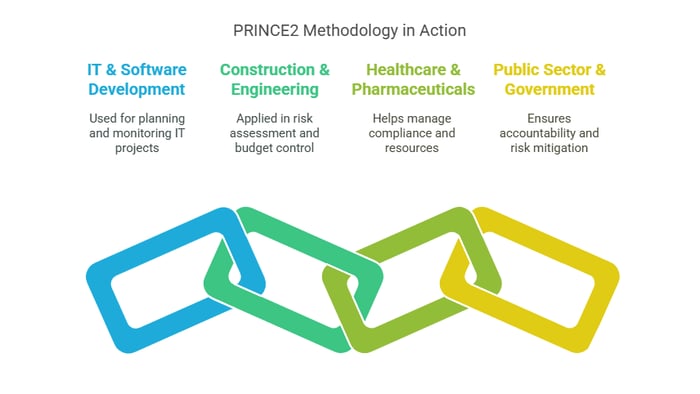
By integrating PRINCE2, companies can reduce project failures, improve efficiency, and enhance governance.
PRINCE2 Career Path & Job Roles
A PRINCE2 certification opens doors to diverse career opportunities in project management. Below is a career progression path for professionals with PRINCE2:
Entry-Level Roles (0-3 years experience)
- Project Administrator – Assists in scheduling, reporting, and document management.
- Project Support Officer – Supports project teams by tracking progress and ensuring compliance with PRINCE2 principles.
Mid-Level Roles (3-7 years experience)
- Project Manager – Leads projects, ensuring they align with PRINCE2 methodologies.
- Business Analyst – Works closely with stakeholders to define requirements and scope.
Senior-Level Roles (7+ years experience)
- Program Manager – Manages multiple PRINCE2 projects within an organization.
- Portfolio Manager – Oversees a company’s entire portfolio of projects, ensuring alignment with business goals.
- Consultant/Trainer – Provides PRINCE2 training and consultancy services.
Salary Expectations
- Project Administrator – $50,000–$70,000 per year
- Project Manager – $80,000–$120,000 per year
- Program Manager – $120,000–$160,000 per year
(Salaries may vary based on industry and location.)
PRINCE2-certified professionals are in high demand, particularly in finance, IT, and government sectors.
PRINCE2 Exam Tips & Study Resources
Passing the PRINCE2 exam requires structured preparation. Here are key tips to help you succeed:
1. Understand the PRINCE2 Methodology
- Focus on the seven principles, themes, and processes.
- Learn how PRINCE2 integrates with real-world project management scenarios.
2. Use Official PRINCE2 Study Guides
- The Managing Successful Projects with PRINCE2 manual is the best official resource.
- Consider PRINCE2 Foundation and Practitioner study books for detailed insights.
3. Take Online Courses & Mock Exams
- Enroll in courses from AXELOS-accredited providers.
- Use mock exams to familiarize yourself with question formats and time constraints.
4. Join PRINCE2 Study Groups
- Engage with online forums and LinkedIn communities for peer discussions and exam strategies.
5. Apply PRINCE2 to Real Scenarios
- Try to implement PRINCE2 principles in work or personal projects to solidify your understanding.
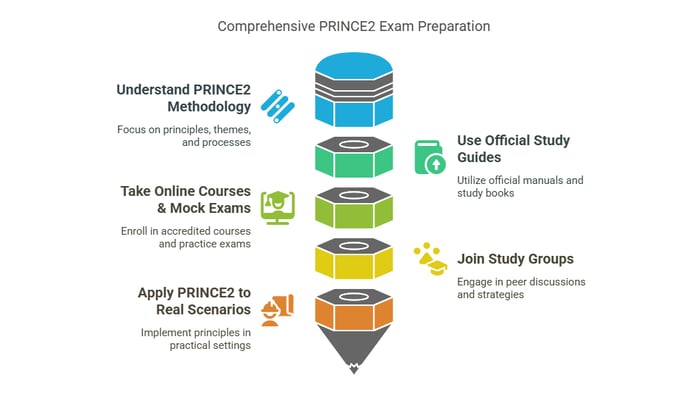
By following these strategies, you can pass the PRINCE2 exam with confidence and excel in your project management career.
PRINCE2 Tools & Software
Implementing PRINCE2 effectively requires the right project management tools. Here are some popular software solutions that align with PRINCE2 methodologies:
1. Microsoft Project
- Best for Gantt charts, scheduling, and tracking project progress.
- Ideal for organizations following structured project plans.
2. Jira
- Primarily used for Agile and software development projects.
- Can be customized to align with PRINCE2 governance principles.
3. Trello
- User-friendly for small projects and team collaboration.
- Works well for visualizing PRINCE2 workflows.
4. Monday.com
- Offers customizable templates for PRINCE2 project tracking.
- Helps in stakeholder communication and reporting.
5. Smartsheet
- Combines spreadsheets with automation and reporting features.
- Ideal for PRINCE2-based projects that require detailed documentation.
Choosing the right tool depends on project complexity, team size, and budget. Integrating PRINCE2 with these tools enhances efficiency, collaboration, and project success.
10 Less Commonly Known Facts About PRINCE2
Originally Created by the UK Government – PRINCE2 was initially developed in 1989 for IT project management, but later expanded to be applicable across industries. Axelos
Used by NASA – PRINCE2 principles are adapted in aerospace projects for structured and risk-managed planning. NASA
PRINCE2 vs. Agile Hybrid Model – Many companies combine PRINCE2 with Agile frameworks, using Agile for flexibility and PRINCE2 for governance. Scrum.org
Global Popularity – PRINCE2 is widely used in more than 150 countries, making it one of the most accepted project management frameworks worldwide. PMI
Mandated in UK Government Projects – The UK government requires PRINCE2 certification for managing public-sector projects.
Focuses on Business Justification – Unlike other methodologies, PRINCE2 ensures that every project has a clear business case before initiation.
Compatible with ITIL – Many IT service management frameworks, such as ITIL, integrate PRINCE2 for enhanced project control. ITIL
Not Just for Project Managers – PRINCE2 is beneficial for business analysts, consultants, and senior executives, ensuring better strategic alignment. CIO.com
Easier Than PMP – PRINCE2 requires less memorization and emphasizes structured processes and responsibilities, making it easier to learn.
Companies Pay for Certification – Many employers cover the PRINCE2 exam cost as part of their employee development programs.
Final Thoughts: Your Next Step
PRINCE2 project management certification is your golden ticket to career success in 2025. Whether you’re new to project management or an experienced professional, PRINCE2 provides a structured, scalable, and globally recognized approach that ensures project success.
Ready to supercharge your career? Check out APMIC’s training program to get world-class project management certifications today! 🚀
FAQs
Is PRINCE2 worth it in 2025?
Absolutely! PRINCE2 remains one of the most recognized project management certifications globally. With companies emphasizing structured methodologies, certified professionals gain a competitive edge in hiring and promotions.
How long does it take to get PRINCE2 certified?
It typically takes 2-4 weeks to complete the Foundation level and an additional 4-6 weeks for the Practitioner certification, depending on study pace and experience. It typically takes 2-4 weeks to complete the Foundation level and an additional 4-6 weeks for the Practitioner certification, depending on study pace and experience.
Is PRINCE2 better than PMP?
PRINCE2 is process-driven, whereas PMP (Project Management Professional) is knowledge-based. PRINCE2 suits structured project environments, while PMP is preferred in industries like IT and construction.
What is the PRINCE2 pass rate?
The PRINCE2 Foundation has a pass rate of 97%, while the Practitioner exam has a 73% pass rate. Proper training significantly improves success chances.
Does PRINCE2 expire?
Yes, PRINCE2 certifications expire after three years. However, maintaining certification is simple—renew via re-examination or CPD points.
What industries use PRINCE2?
PRINCE2 is widely used in IT, finance, healthcare, construction, government, and marketing, making it one of the most versatile certifications available.
Can I self-study for PRINCE2?
Yes, but enrolling in a structured course (like APMIC’s program) significantly boosts your chances of passing the exam on the first attempt.
How much does PRINCE2 certification cost?
The price ranges from $600 to $1500, depending on the certification level, training provider, and location.



